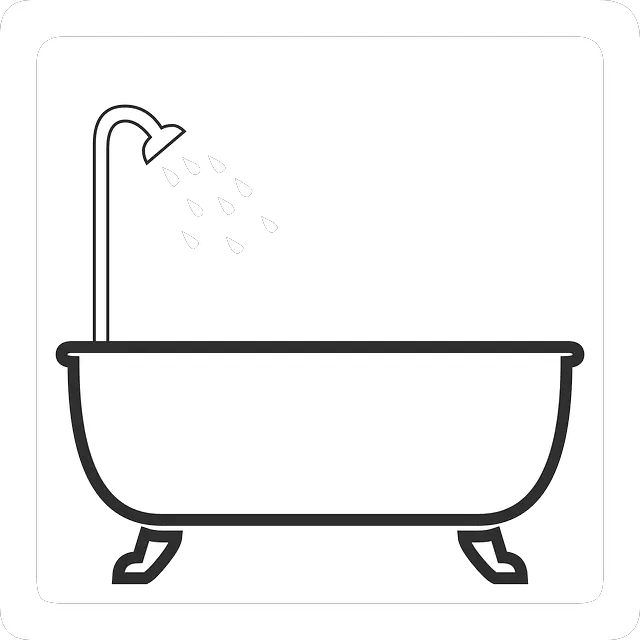Roman baths
 Background: Roman baths were purpose built structures or buildings, used for bathing in the days of Roman civilization. There were mainly two types of baths, Thermae (large imperial baths) and Balneae (small public or private baths). Bathing houses were very popular and almost every Roman city had at least one such facility.
Background: Roman baths were purpose built structures or buildings, used for bathing in the days of Roman civilization. There were mainly two types of baths, Thermae (large imperial baths) and Balneae (small public or private baths). Bathing houses were very popular and almost every Roman city had at least one such facility.
Most cities had more than one. These baths were not only used for bathing but were a popular place for socializing. Apart from bathing facility they also offered gymnasium, libraries, places to buy and eat food and seating area for socializing. Romans considered bathing a part of a healthy lifestyle and most of them bathed at least once daily. Roman bath houses gave birth to the concept of modern age spas that we see today.

Facilites: There were principally three facilities in a Roman bath building. They were hot bath (Caldarium), warm bath (Tepidarium) and cold bath (Frigidarium). The water for the bath was channeled from a river or stream nearby or through an aqueduct, in case there was no water source in close vicinity. Rome, itself was supplied water by a 640 kilometers long aqueduct. The water for hot and warm bath was heated by log fire and then supplied to the bathing rooms through lead pipes. Some baths also had a room for steam bath (laconicum), much like a sauna today.
There were separate bathing facilities for women in the same complex. Romans introduced Hypocaust, a method of central heating in public baths to ensure year round use of the facilities. They channeled hot air from log fire through walls and under the floor to manage the temperature inside buildings. There were also outdoor and indoor gymnasiums which were called ‘palaestra’, where men indulged in exercises like weight lifting and discus throwing.

Cultural Significance: Romans were obsessed with bathing as they believed that bathing together with massage, exercise and eating was an important part of a healthy lifestyle. Romans socialized with each other in these baths. Politicians met in baths, discussed politics and tried to persuade others to support their cause. These bathing houses were the closest thing to the modern community centers.
Whenever a rich or noble Roman wanted to gain public favor he would announce to bear the cost of one day’s admission to bathing house for public. Politicians used this method close to elections to gain public support. Emperors built public baths to gain popularity with public and create a monument of their generosity. The bathing houses were intricately decorated with mosaics and statues of Roman gods.

 How did Romans Bathe: It is believed that Romans could use bathing house facilities after paying a very nominal entrance fees. After entering the bath, an individual would take off his clothes and handed them to an attendant. They then exercised for sometime in the gymnasium to work out a sweat before going for bath. Some people preferred to use a steam bath (laconicum) for sweating if the bath offered the facility. After exercising they had a slave rub their bodies with oil to clean it and then used ‘strigil’ to scrub off oil. The person then went into Tepidarium and Caldarium. In the end he spent some time in Frigidarium to cool off. Some baths also had swimming pools where people swam and socialized after bathing.
How did Romans Bathe: It is believed that Romans could use bathing house facilities after paying a very nominal entrance fees. After entering the bath, an individual would take off his clothes and handed them to an attendant. They then exercised for sometime in the gymnasium to work out a sweat before going for bath. Some people preferred to use a steam bath (laconicum) for sweating if the bath offered the facility. After exercising they had a slave rub their bodies with oil to clean it and then used ‘strigil’ to scrub off oil. The person then went into Tepidarium and Caldarium. In the end he spent some time in Frigidarium to cool off. Some baths also had swimming pools where people swam and socialized after bathing.

Prominent Remains: A number of remains of Roman baths have survived the test of time. Some of these are conserved in a very good condition while others are merely ruins. The best known and preserved remains of Roman Baths are perhaps the ones in Bath, England. Other well known remains are baths of Caracalla, Diocletian and Trajan (Rome, Italy), baths of Sofia, Serdica and Varna (Bulgaria), Baths of Ankara (Turkey) and Ghajn Tuffieha baths in Malta. Various remains of baths are also discovered in Pompeii, Italy.



